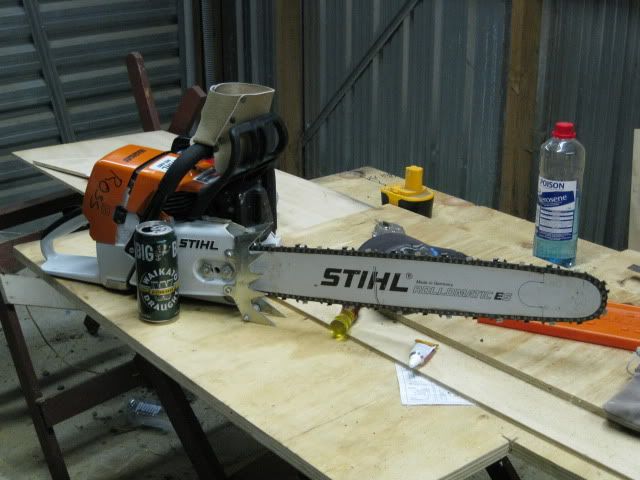Always good to learn new things!
But bore cuts can be quite dangerous. If the upper 1/4 tip of the chainsaw bar comes in contact with wood, the bar can kickback and fly into your body.
So the first thing is to fully understand how chainsaws can kick back and how to prevent this from happening. And to learn about the proper protective clothing to wear...
Stihl chainsaw safety video...
http://www.stihldealer.net/videolibrary/
OSHA logging Etool chainsaw...
http://www.osha.gov/SLTC/etools/logging/manual/logger/logger.html
Then the following book has diagrams of where bore cuts are used. Mainly on very large trees...
Professional Timber Falling by Douglas Dent...
http://www.ddouglasdent.com/dent_books.htm
And the following booklet (online) shows using a bore cut on heavy leaning trees to prevent barber chair...
A Guide to Safety in Tree Felling and Cross Cutting
Occupational Safety and Health Service, Department of Labour,
Wellington, New Zealand.
(Advanced Techniques reader page 41/42 - Document page 42/43)
http://www.osh.govt.nz/order/catalogue/pdf/treefell.pdf
























































